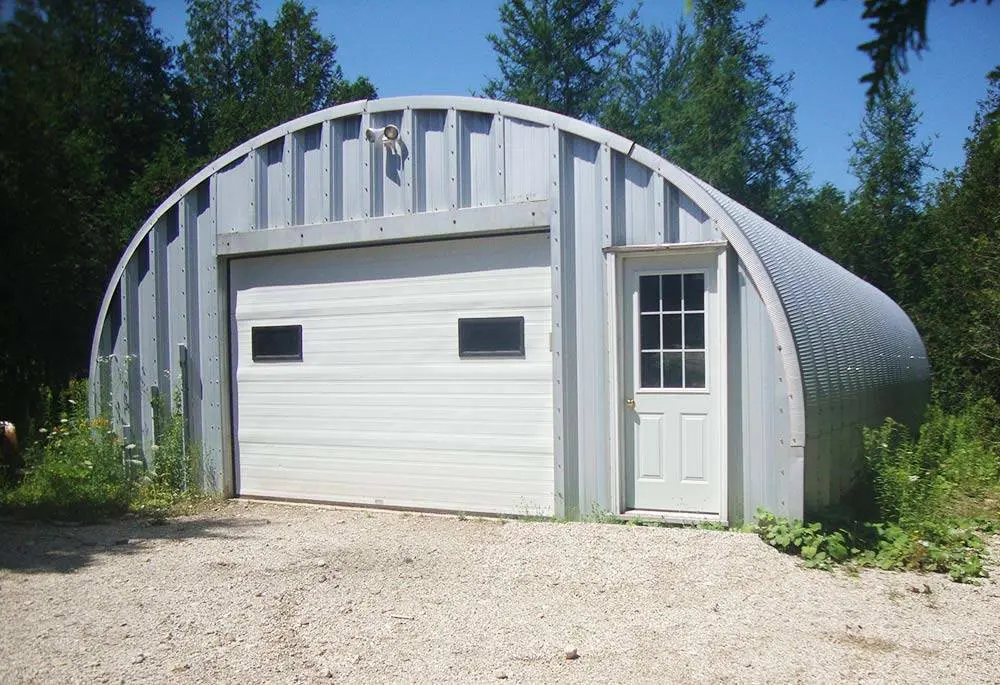The History of Steel Quonset Huts
Steel Quonset huts have an interesting origin story that dates back to World War II. Originally designed by the U.S. Navy in 1941 at Quonset Point Naval Air Station in Rhode Island, these structures were intended to provide lightweight, portable buildings that could be easily assembled and disassembled by military personnel. The design was inspired by the Nissen hut used by British forces during World War I. Over time, the practicality and efficiency of Quonset huts led to their adoption in civilian life.
Applications of Steel Quonset Huts
One of the most appealing aspects of steel Quonset huts is their versatility. These structures are used in a wide range of applications including agricultural storage, workshops, garages, aircraft hangars, and even residential homes. Their arched design provides excellent structural integrity and allows for a clear-span interior without support beams, making them ideal for large open spaces.
In agriculture, steel Quonset huts serve as barns or storage facilities for equipment and crops. For businesses, they can be transformed into office spaces or retail stores. Their adaptability makes them a popular choice for those looking to maximize space while minimizing costs.
Benefits of Choosing Steel Quonset Huts
There are numerous benefits associated with steel Quonset huts that make them an attractive option for many people. Firstly, their durability is unmatched; made from galvanized steel, they are resistant to rust, fire, termites, and extreme weather conditions such as heavy snow or strong winds.
Additionally, steel Quonset huts are cost-effective both in terms of initial investment and long-term maintenance. They require less material than traditional buildings due to their efficient design and can be erected quickly with minimal labor costs. This makes them particularly appealing for those on a budget.
Furthermore, these structures are environmentally friendly as they can be recycled at the end of their lifespan. Their energy efficiency is another plus point; the curved shape reduces heating and cooling costs by allowing air to circulate naturally.
Customization Options for Steel Quonset Huts
While the basic design of a steel Quonset hut is simple and functional, there are numerous customization options available to suit individual needs. From choosing different sizes and colors to adding windows and doors or even insulation for improved climate control—these structures can be tailored to meet specific requirements.
For those interested in aesthetics or branding purposes, exterior finishes such as stucco or siding can be added to enhance visual appeal without compromising functionality. Interior modifications like partition walls or mezzanine levels can also be incorporated depending on usage needs.
Maintenance Tips for Steel Quonset Huts
Maintaining a steel Quonset hut is relatively straightforward compared to traditional buildings. Regular inspections should be conducted to check for any signs of wear or damage such as rust spots or loose bolts. Cleaning the exterior with mild soap and water will help maintain its appearance over time.
It’s important to ensure proper ventilation within the structure to prevent moisture buildup which could lead to corrosion over time. Applying a protective coating every few years will further extend its lifespan by providing an additional layer against environmental elements.

